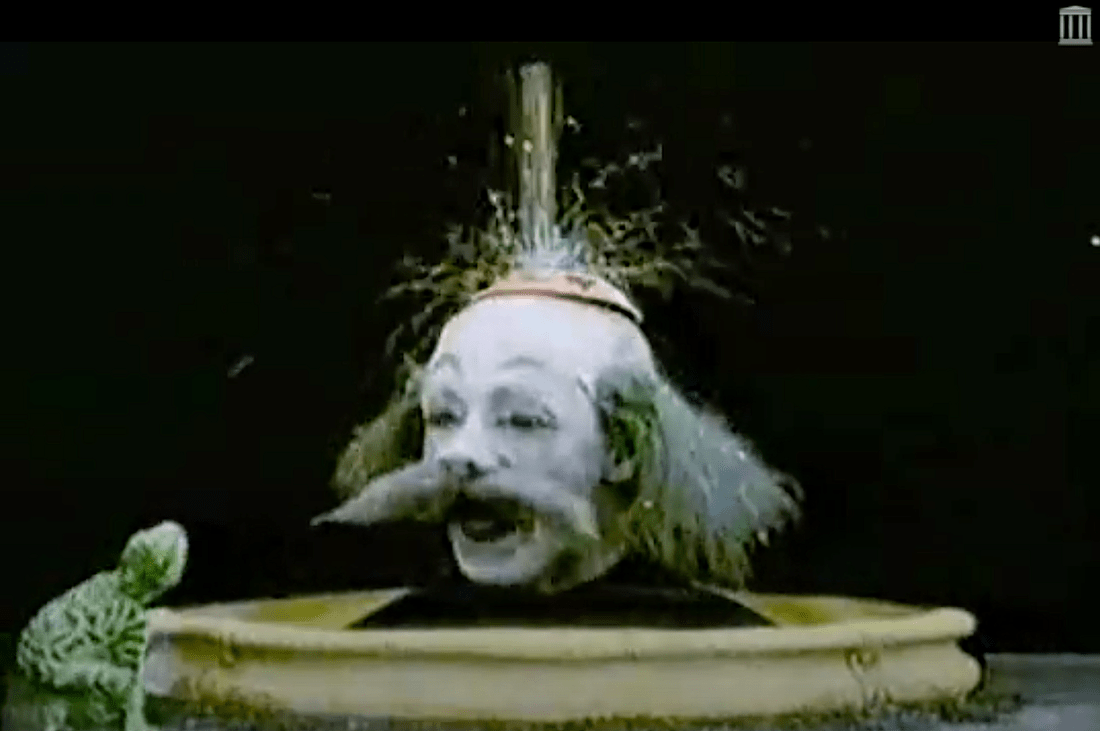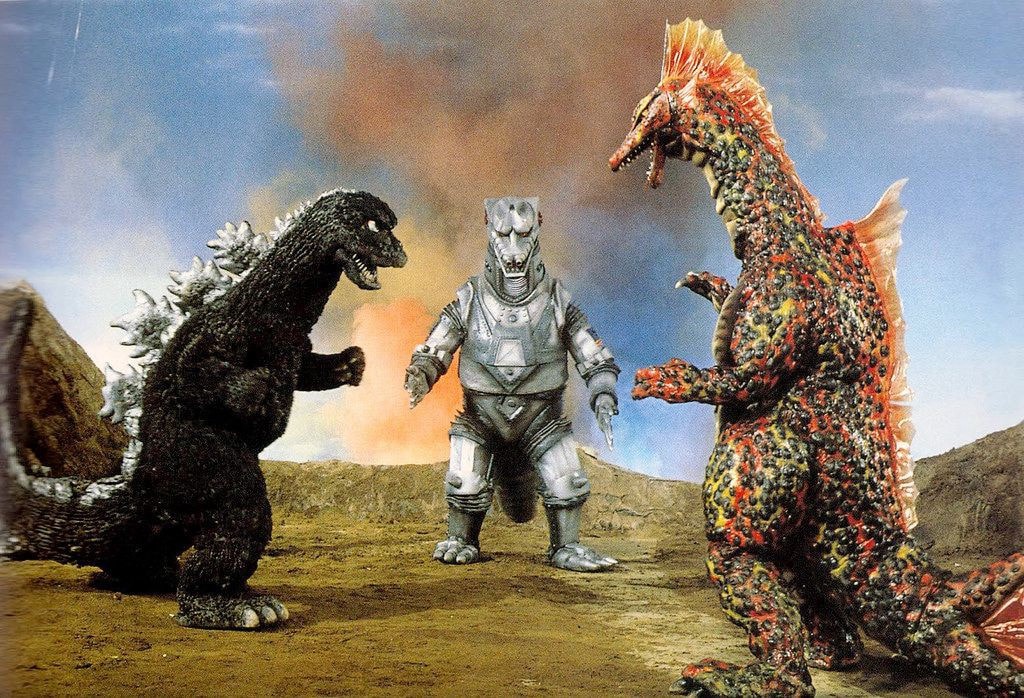
White is not a color. White is generated by the presence of the full spectrum of visible light. Figuratively, white can be seen as a lack of color but in terms of light, it is actually a confluence of all the colors. It is deceptively rich and complex. The movie On Body and Soul is mostly white. The people, the settings, the light, and the objects in the film are more often than not white. All these elements appear featureless and pure but they belie a deeper current of tension, drama, and symbolism.
Near the beginning of the film. Mária, the female protagonist is being teased behind her back and one of her co-workers refers to her as “Snowhite.” The insult is meant to impugn Mária’s being aloof as if she is royalty but Mária has Asperger’s. She has a profoundly dampened affect, she abhors the touch of others, she has a savant ability to remember virtually anything, and she is closed off and seemingly detached. The world seems inscrutable and alien to her, and she appears inscrutable and alien to the world.

Like white, she seems blank but she is not. She has an active inner life and is sincerely trying to find her way through a world she finds confusing. She sits at her kitchen table with a salt and pepper shaker and uses them as figurines to figure out interactions she has had during the day. Salt of course is white and must deal with its opposite pepper which is black.

In one scene Mária actually dissolves into white. She is sitting in bed thinking over her day and as she finishes she leans back to lie down. As she sinks out of the frame and disappears the camera remains stationary leaving us to stare at the empty white wall. The wall is a portrait of her that lingers after she has left, opaque, flat, but present and solid.

On Body and Soul has two very distinct halves. The first half is open and mysterious. The associations between images are unclear and pregnant with dramatic possibilities. Mária works in a slaughterhouse and we watch a variety of graphic scenes as cows are killed and processed. The copious amounts of blood contrast with the white found in the rest of the film. The slaughterhouse also contrasts with her dream life in which she is a doe in a snow-covered forest. During the day she watches the domesticated cattle die, at night she experiences life as a wild, living doe.
Endre also works in the slaughterhouse and inexplicably shares Mária’s dream life. Every night he dreams he is a buck and meets Mária in her doe form in the white forest. When Mária and Endre realize they are having the same dream it draws them together. Without this common experience bonding them, it would be unlikely that people like Endre and Mária could find a way to meet and fall in love. Mária’s Aspergers makes it very difficult for her to experience intimacy, and Endre is a very reserved, and terse man who may also be on the spectrum but on a higher functioning level.
Throughout the first half of the film we see a fluid mixture of dreams, slaughters, and awkward interpersonal moments at the slaughterhouse. It feels a bit like Yorgos Lanthimos’s The Killing of A Sacred Deer. It is not quite as stilted but both films feel empty and blank. No one is fully engaged in their life or surroundings. On Body And Soul was written and directed by Hungarian filmmaker Ildikó Enyedi and was released in 2017 the same year as The Killing Of A Sacred Deer.

The slaughterhouse in On Body and Soul constantly tests both the worker’s and the audience’s sense of sympathy. We see real cows really getting slaughtered and butchered. At one point Endre is interviewing a prospective employee and Endre asks the applicant if he feels sorry for the cows. Thinking he knows the right answer the applicant blithely says no. Endre advises the applicant not to take the job, he explains that if you don’t feel sorry for the cows you’ll never make it. This counterintuitive wisdom is never explained but it reiterates the contradictions of seemingly being sealed within an Aspergers bubble unable to convey empathy and the desire to connect.
It also seems to be foreshadowing a double entendre, in that the applicant gets hired and turns out to be a womanizer, someone who uses women and then discards them. He does not have Aspergers but illustrates that “normal” people, who should know better, can disregard each other’s feelings and end up being cruel. This is not to imply that people with Aspergers are unfeeling about others. People with Aspergers have trouble identifying and understanding what other people feel, that does not mean that they discount or dismiss what other people feel.
It is a little disappointing when the second half of the film focuses in on the love story between Endre and Mária. The unfolding of the first half is mysterious and unnerving. The repeated juxtapositions between life and death, domestic and wild, intimate and industrial create an expansive and poetic arena where everything is kept open. The second half is somewhat more conventional in that it gradually closes down the meaning and explains what we have been experiencing, but the shutting down of this reverie is deliberate.
Spoilers Ahead

Just as the movie narrows in and becomes something more familiar so does Endre and Mária’s relationship. The magic of their shared dreams, the strangeness of their compulsions, the tension of their tentative attempts at intimacy all disappear when they finally consummate their love. Their success at navigating their way into a conventional romance destroys the poetry and odd beauty of their expressions and leaves them bland and bourgeois, chuckling at the breakfast table over the newspaper.
It’s an unexpected but clever twist. What the characters long for undoes their peculiarity and makes them less interesting. They may well be happier leading a well-adjusted and conventional life as a couple but we the audience find such things far less compelling. It’s as if by achieving sexual union and declaring their love for each other they have broken a spell. The spell was mysterious and menacing and created tension and hope, but once Endre and Mária get what they were hoping for, what we the audience were hoping for, all the tension and mystery is gone. They become like the little dolls or salt and pepper shakers that Mária plays with, a childlike stereotype of a happily married couple.

If you enjoyed this article click here for more
www.filmofileshideout.com/archives/yorgos-lanthimos-the-killing-of-a-sacred-deer



